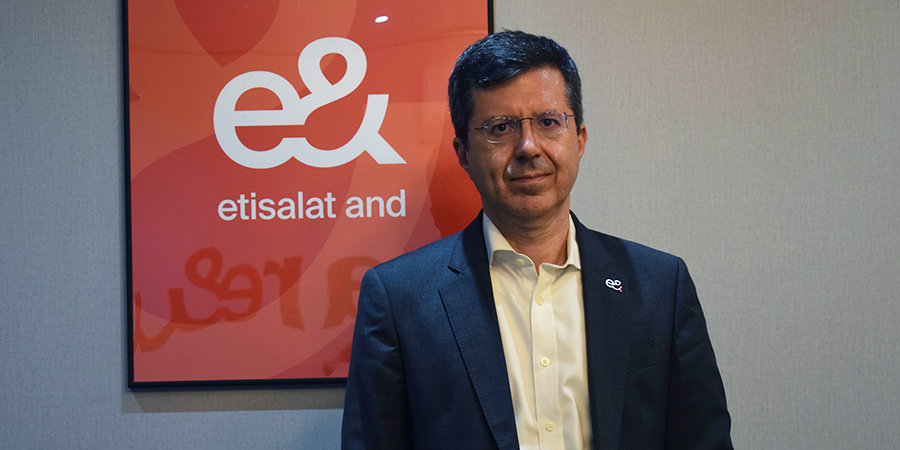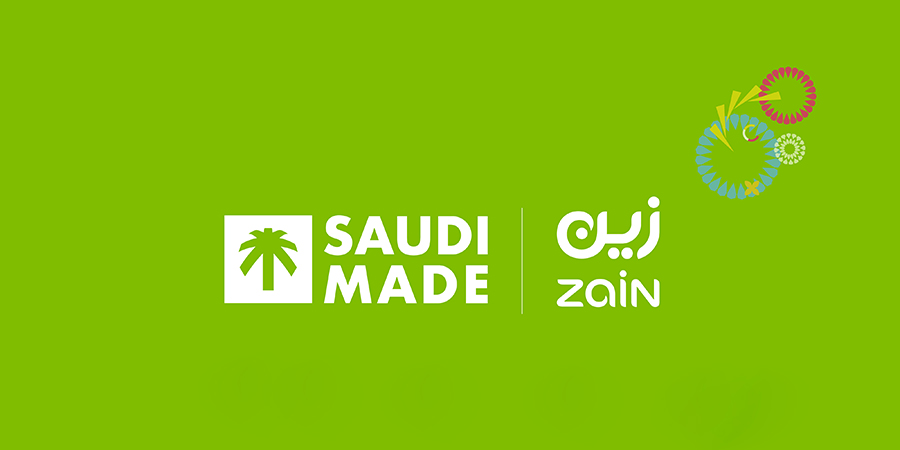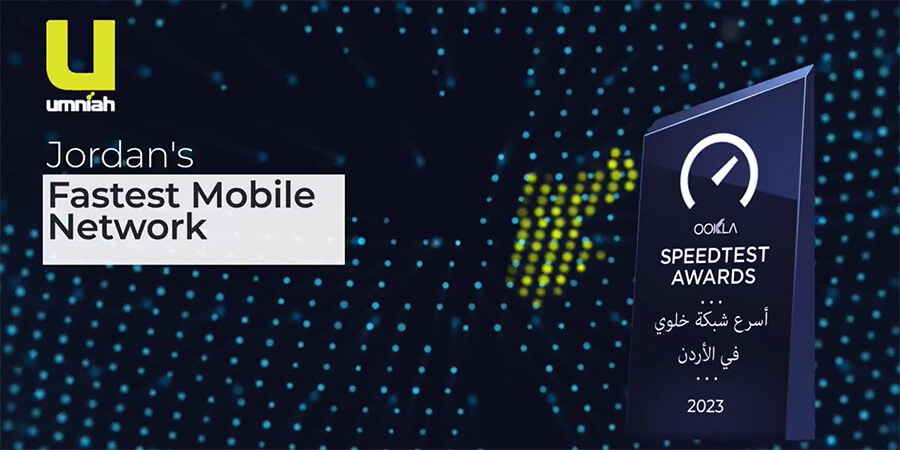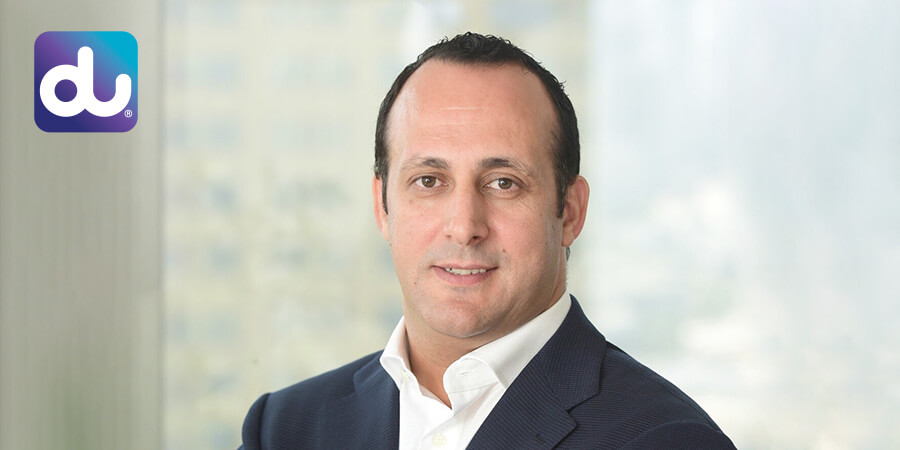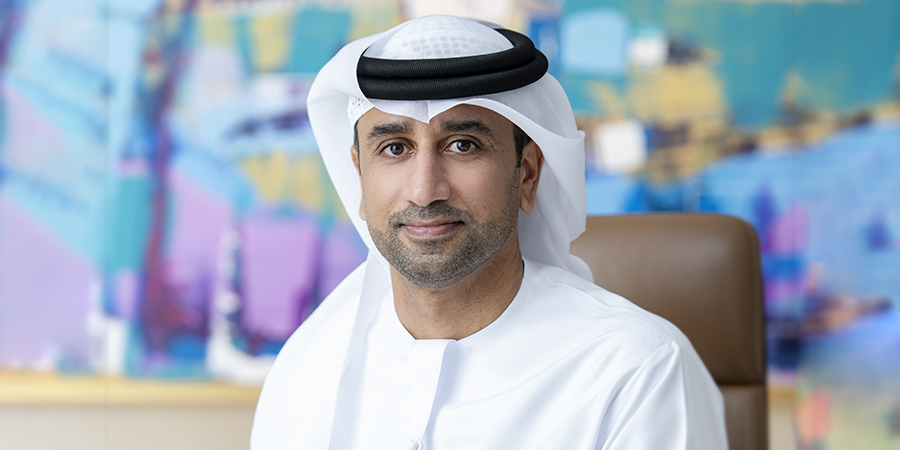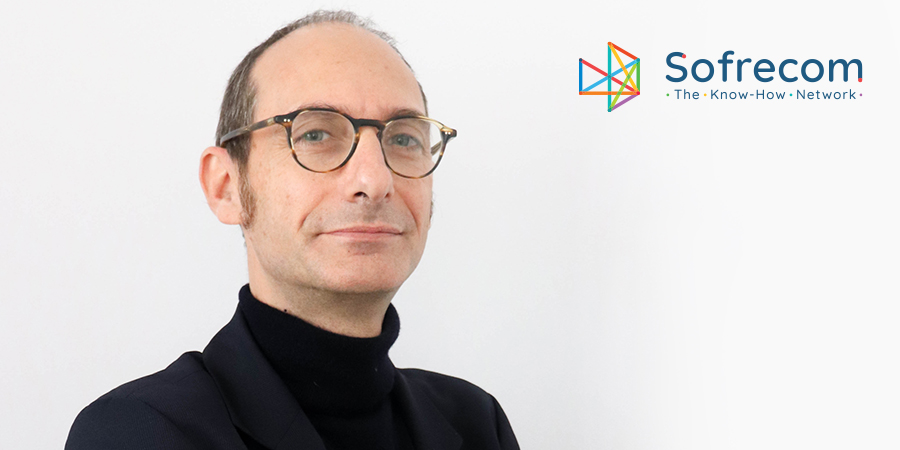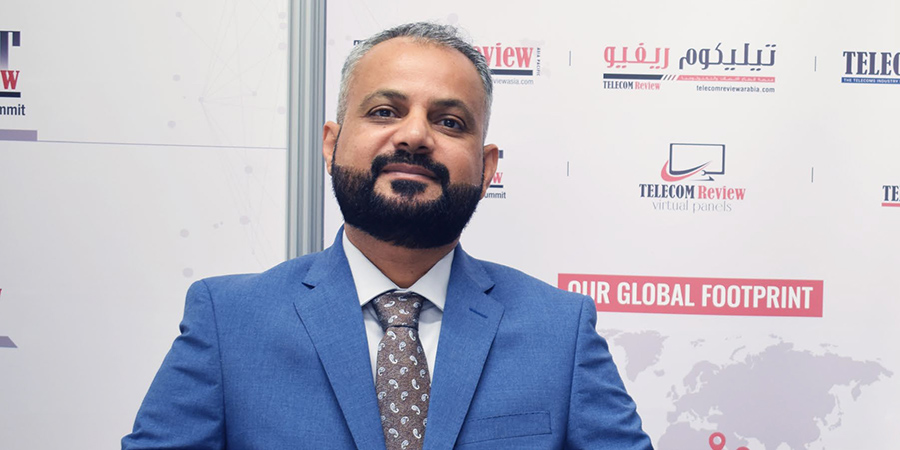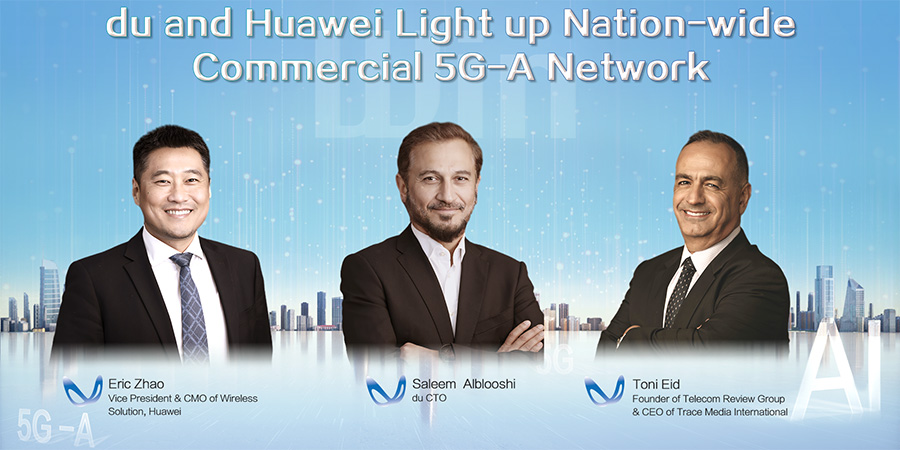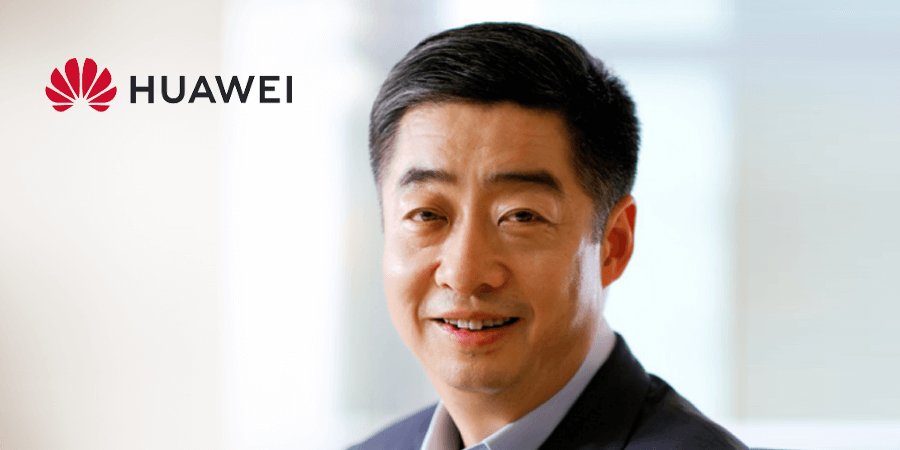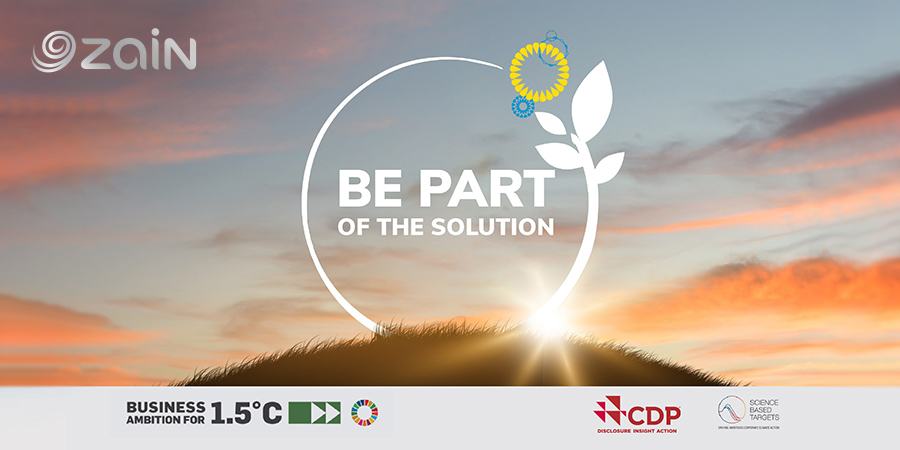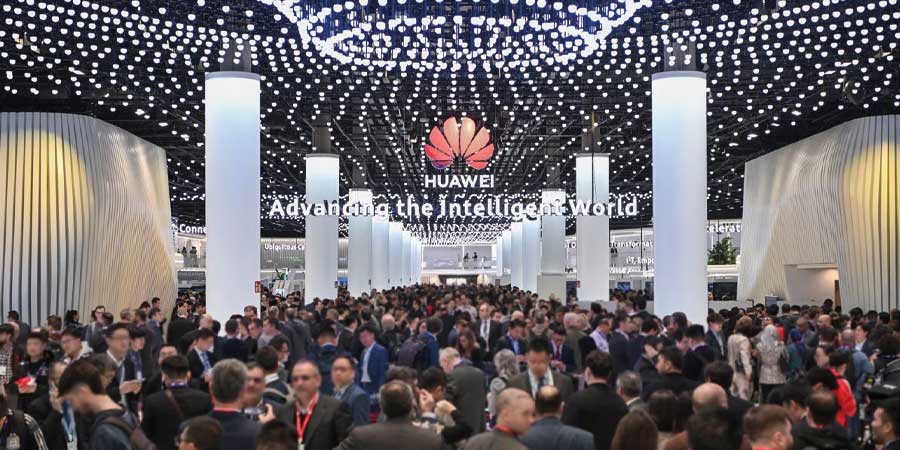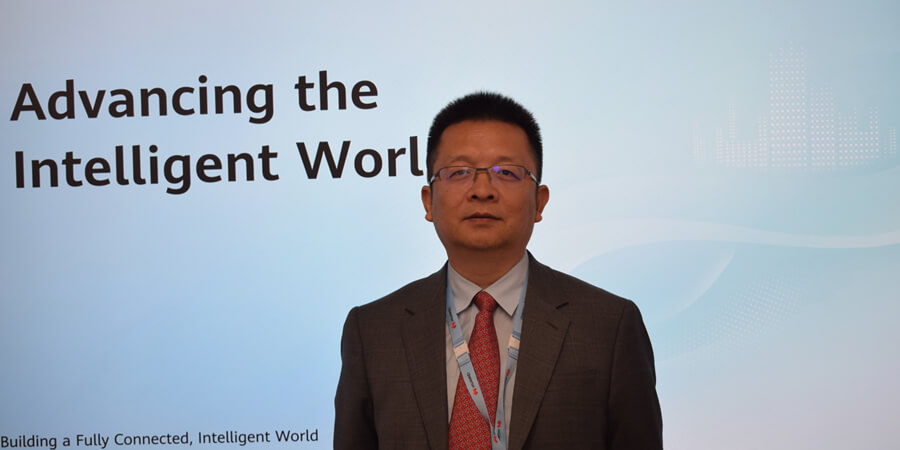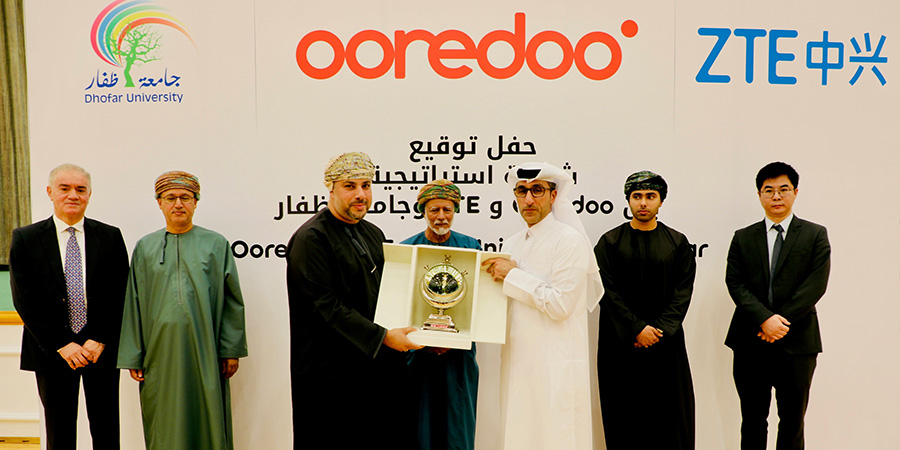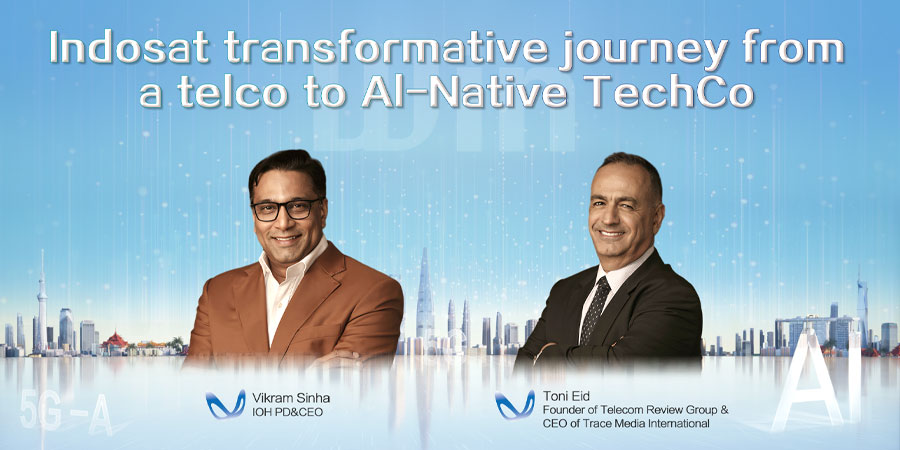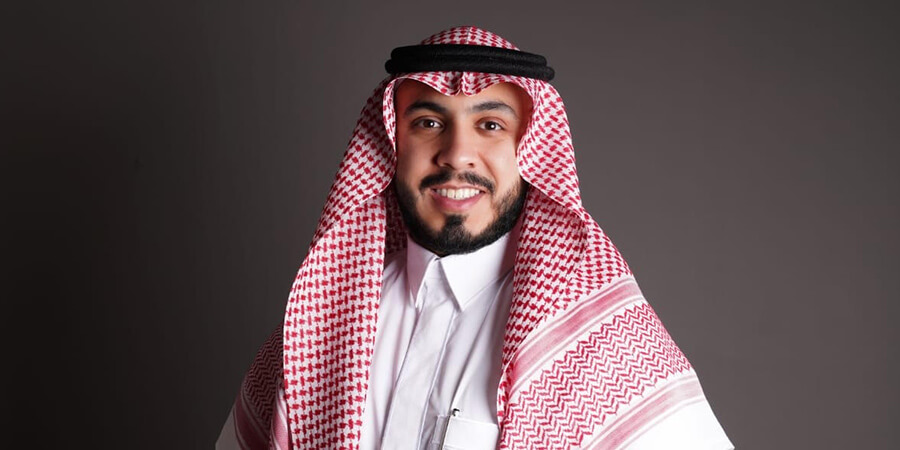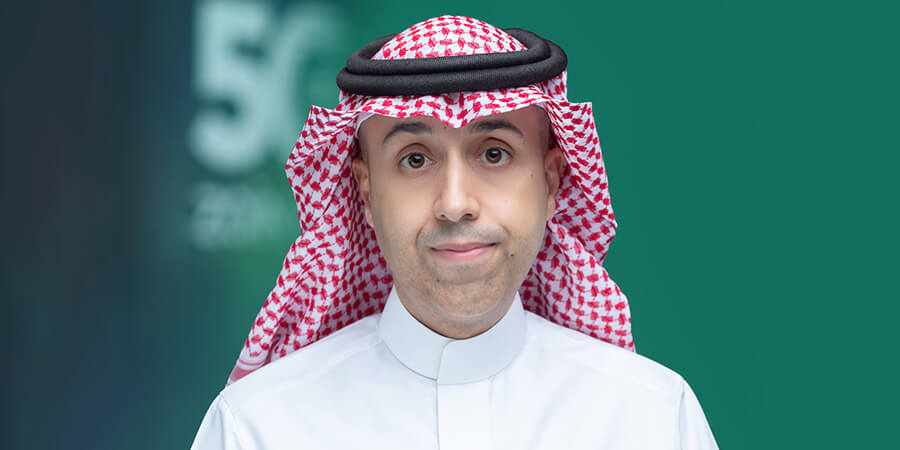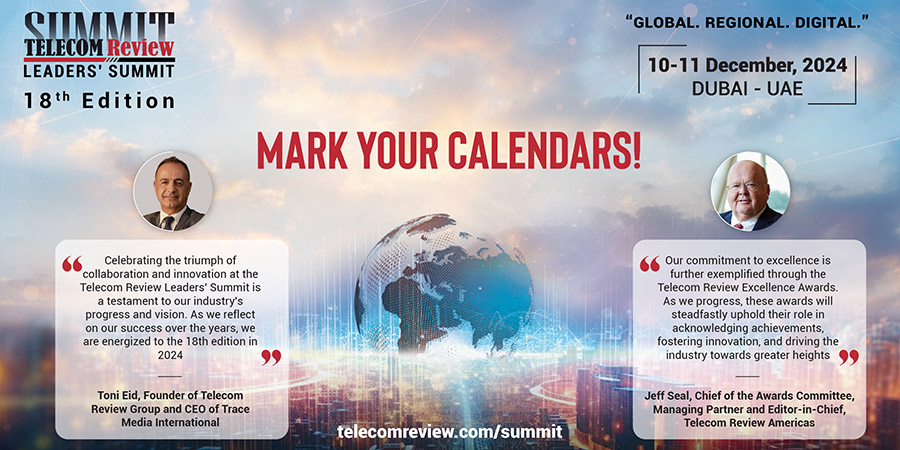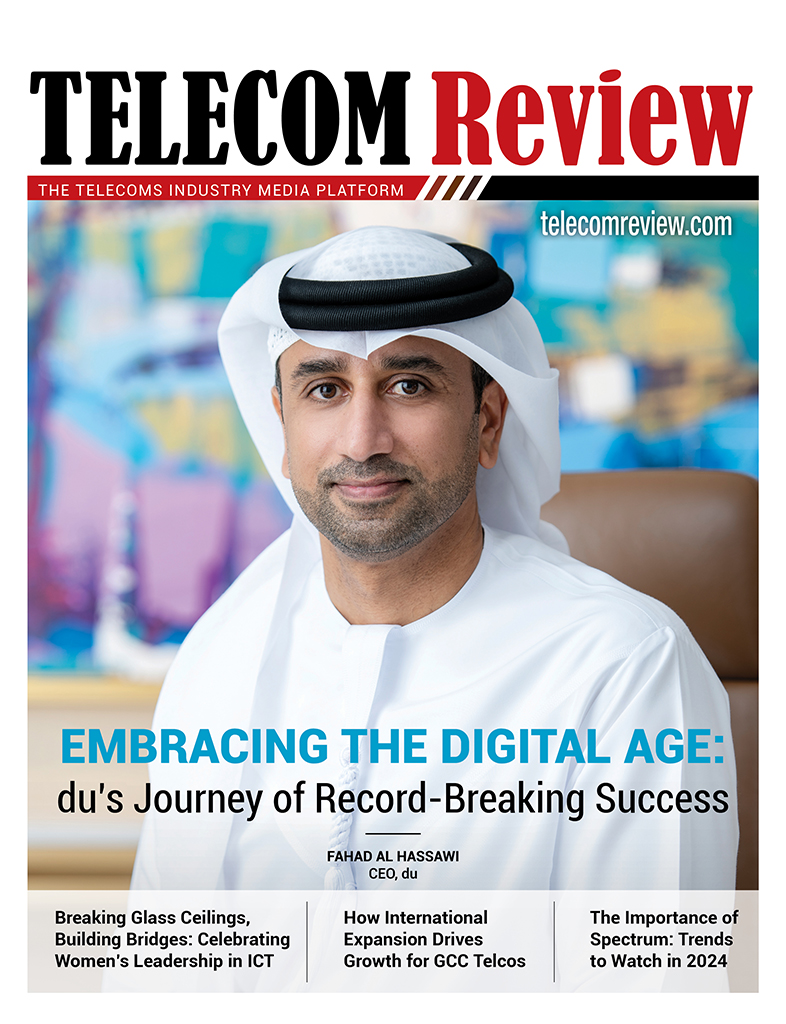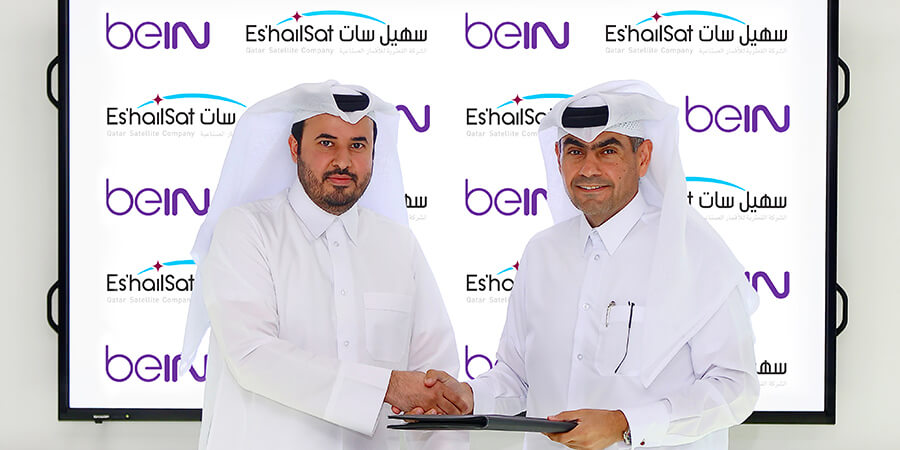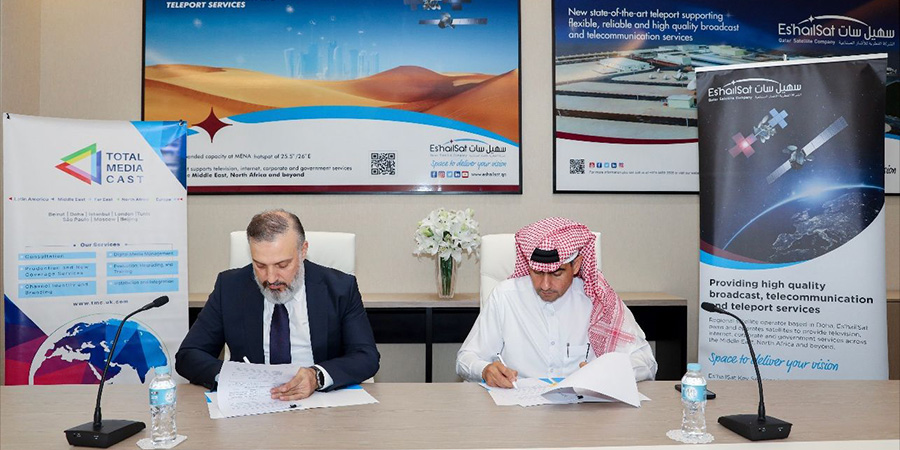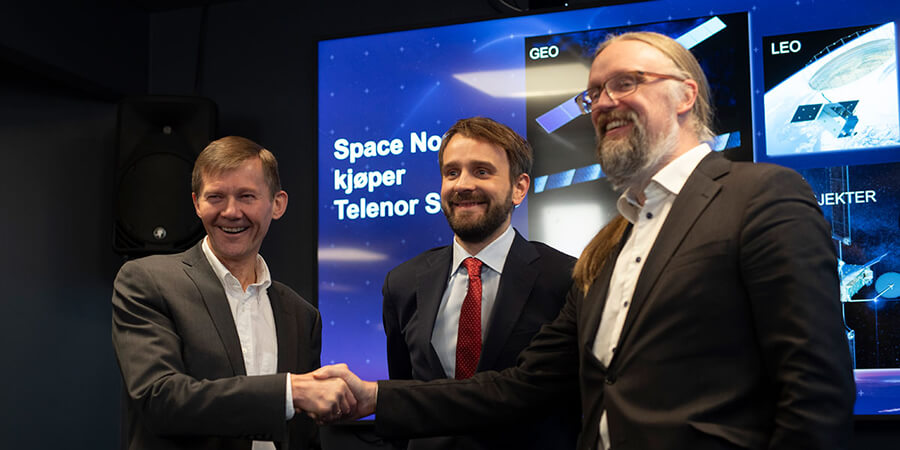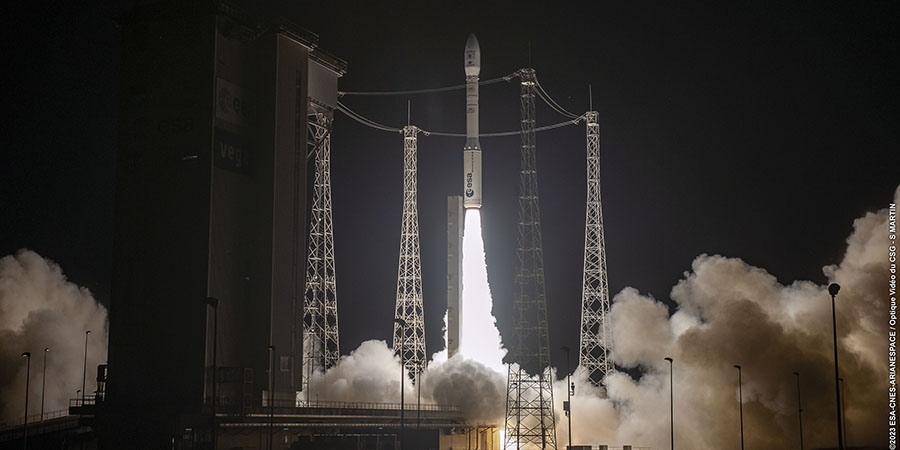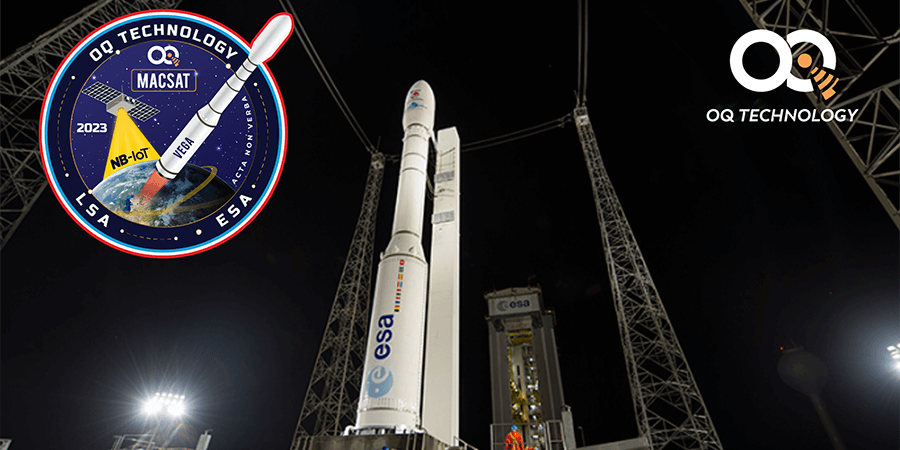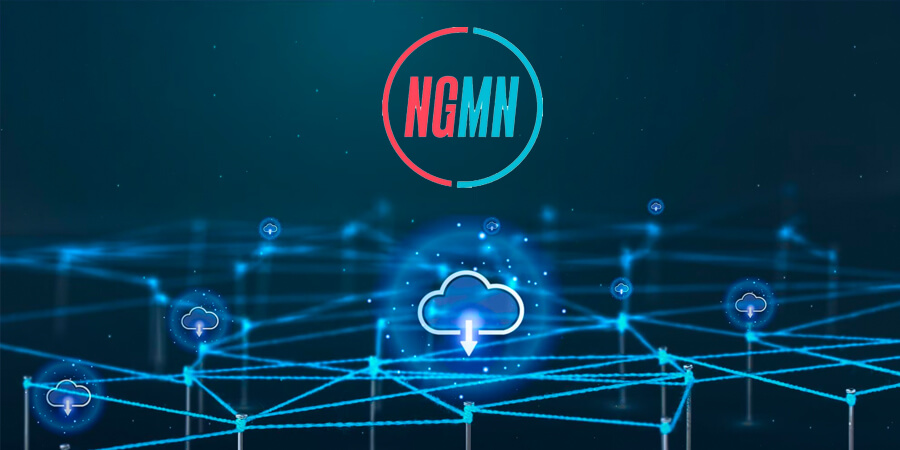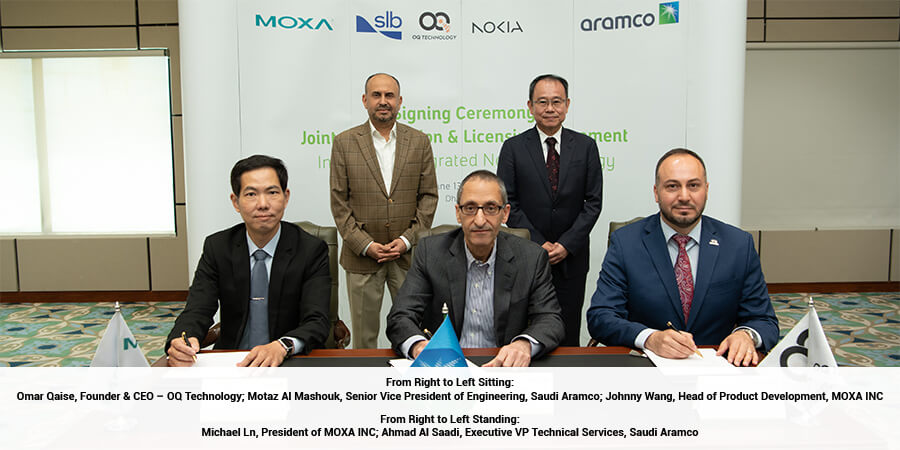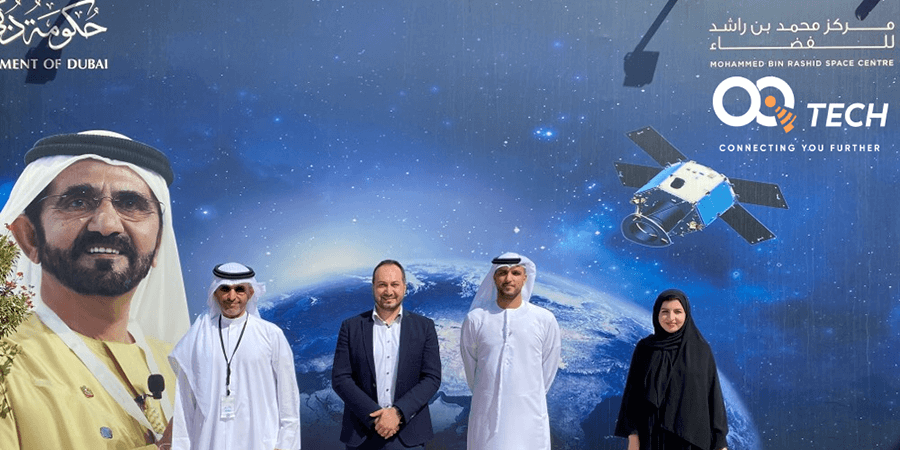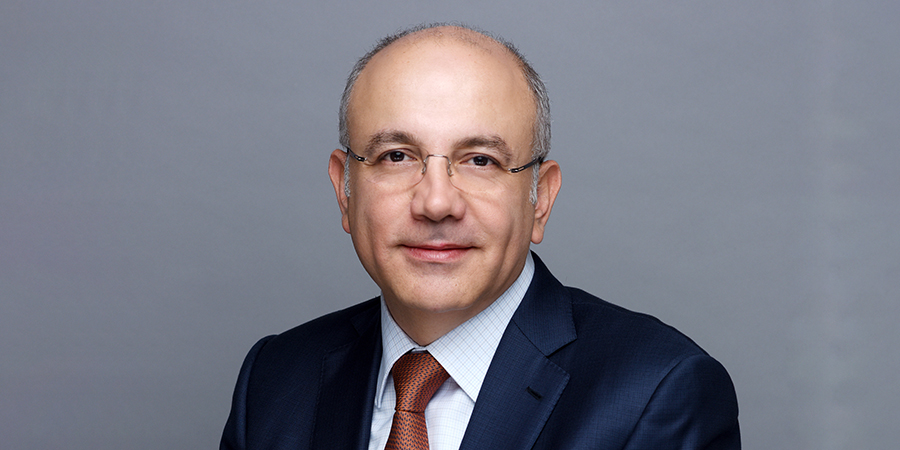To meet growing customer interest in 5G, Nokia is broadening its focus into multiple areas of early 5G mobility use cases, including enhanced mobile broadband and ultra-reliable, ultra-low latency communications. Nokia will push for accelerated 3GPP industry standardization while building on early customer experiences with its Nokia 5G FIRST end-to-end solution, launched in February at Mobile World Congress.
With clear interest for 5G mobility applications already emerging from operators, notably in markets like the U.S., China, Japan and South Korea, Nokia will implement early 5G specifications, enhancing 5G FIRST with the 3GPP 5G Phase I protocol. This 5G NR (New Radio) air interface standard, which is due at the beginning of 2018, is designed to support a wide variety of 5G devices and services.
"There should be no doubt about the huge potential of 5G. Through 5G FIRST, Nokia is evolving its 5G strategy to drive the industry rapidly towards the adoption of standards-based commercial applications - as early as 2019," said Marc Rouanne, president of Mobile Networks at Nokia.
"Doing so will require broad cross-industry support, and we call upon regulators and governments to free up and enable the use of spectrum at low-, mid- and high-frequency bands for trials. This will allow robust evaluation of 5G to take place, so that collectively, we can deliver one of the most important new technologies in history, one that will truly drive the Fourth Industrial Revolution," Rouanne added.
Nokia will continue to evolve and expand 5G FIRST as an end-to-end solution, designed to drive broader market adoption of 5G, via mobility and fixed applications, as well as testing multiple 5G use cases.
The company is building on extensive field experience already gained with Nokia 5G FIRST, which has generated valuable insights into areas such as: use of radio propagation in higher frequencies; massive MIMO and beamforming; integration with existing networks versus standalone implementations; the use of small cells in 5G deployments; and the importance of cloud native core and cloud RAN technologies.
These and many other of the key elements of 3GPP-based 5G implementation will enable Nokia to extend the scope of interoperability testing with a variety of devices. Nokia will also continue its application of leading-edge technologies, such as chipset and radio frequency innovations, in its end-to-end 5G strategy.





